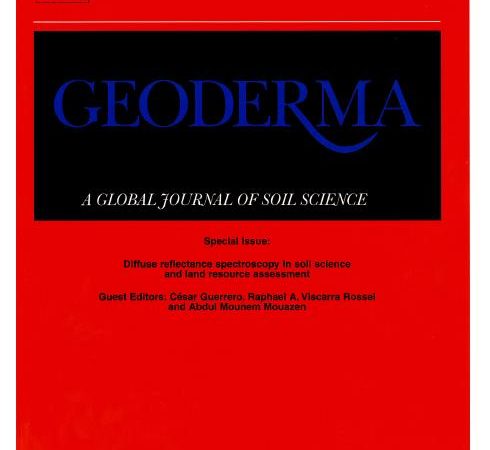
The multiple ecosystem services provided by healthy soil are well known and include soil carbon sequestration to mitigate climate change, a medium for plant and agricultural production and regulating the hydrologic cycle. Despite the wide recognition of the importance of these services, drivers of soil organic carbon (SOC) dynamics across various land uses in East Africa are poorly understood. The objectives of this study were threefold: to quantify SOC stocks across Tanzania; assess the effect of land cover and erosion on SOC; and investigate the relationship between inherent and dynamic soil properties under diverse land uses. The Land Degradation Surveillance Framework (LDSF) was used to assess the variability of ecological metrics at different spatial scales. SOC was quantified within and between different land cover types (forest, woodland, shrubland, grassland and cropland) in Tanzania. A total of 2052 soil samples from 1082–1000 m2 plots were collected from seven 100-km2 sentinel sites in 2010. Composite soil samples were collected at each plot from two depths (0–20 and 20–50 cm) and cumulative soil mass samples were collected to 100 cm. Soil samples were analyzed using a combination of traditional analytical laboratory methods and mid-infrared spectroscopy (MIR). Model performance of MIR spectral predictions for carbon was good, with an R2 of > 0.95 and RMSEP of 4.3 g kg− 1, when using an independent validation datasets. Woodland and cropland were the most frequently occurring vegetation structure types in the sampled sites, with 388 and 246 plots, respectively. Average topsoil OC (and range) was 12.4 (1.5–81.4) g C kg− 1 (n = 1082) and average subsoil OC (and range) was 7.3 (0.64–53.8) g C kg− 1 (n = 970) for the seven sites. Forested plots had the highest mean topsoil organic carbon concentrations (17.3 g C kg− 1) followed by cropland (13.3 g C kg− 1), for all sites included in the study, but with high levels of variability between sites. Soil mass at 30 cm was measured and these data were used to calculate carbon stocks for the different land cover types. An approach based on remote sensing was explored for the mapping of SOC stocks at 30 cm for Tanzania using Moderate Resolution Imaging Spectroradiometer (MODIS) imagery from 2012. Results indicate that the use of image reflectance for the mapping of SOC stocks has promising potential, with R2values ranging from 0.77 to 0.81 and RMSEP values from 0.90 to 1.03 kg m− 2 for the three validation datasets. There is high utility of these maps for strategic land management interventions that prioritize ecosystem services.








